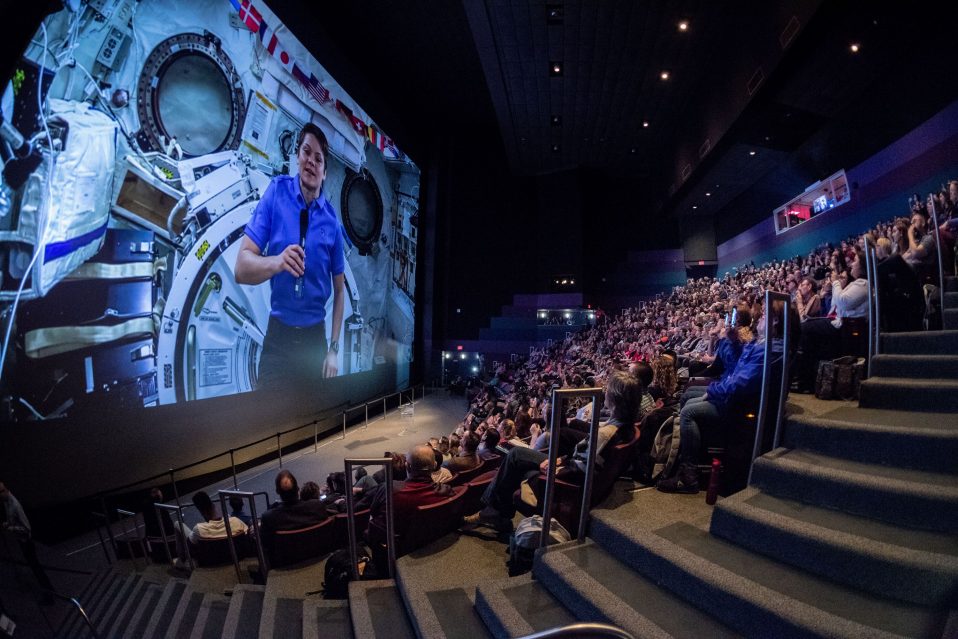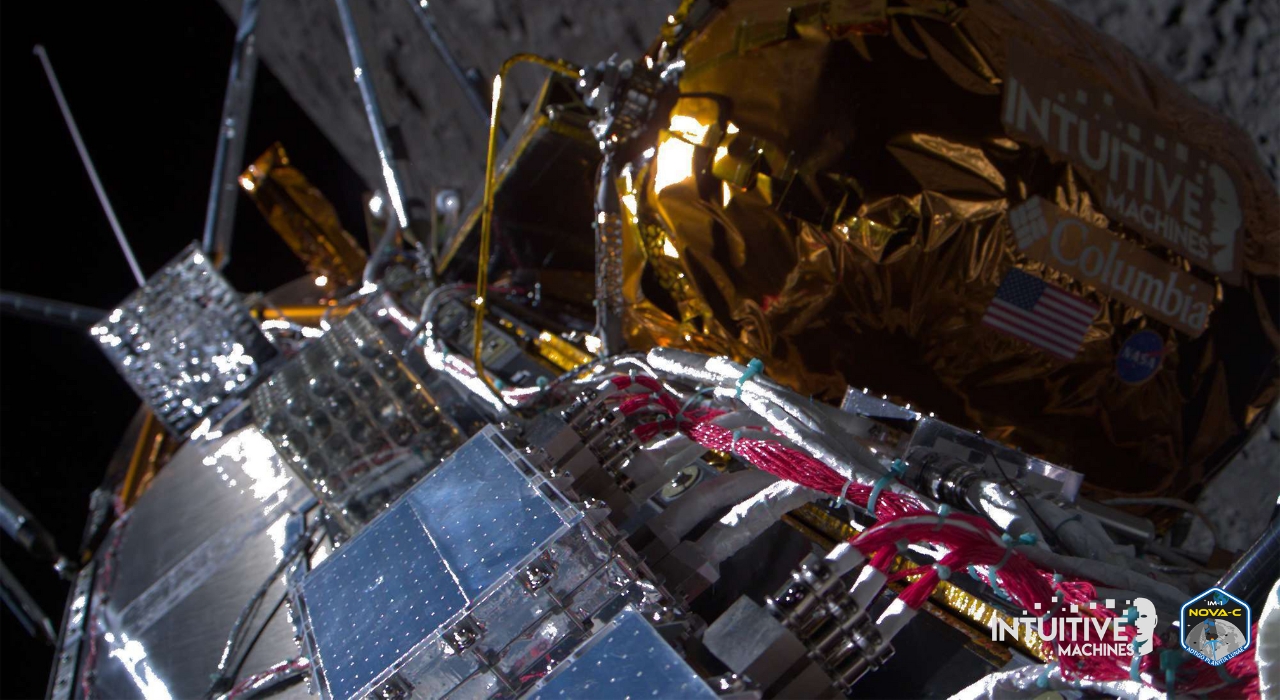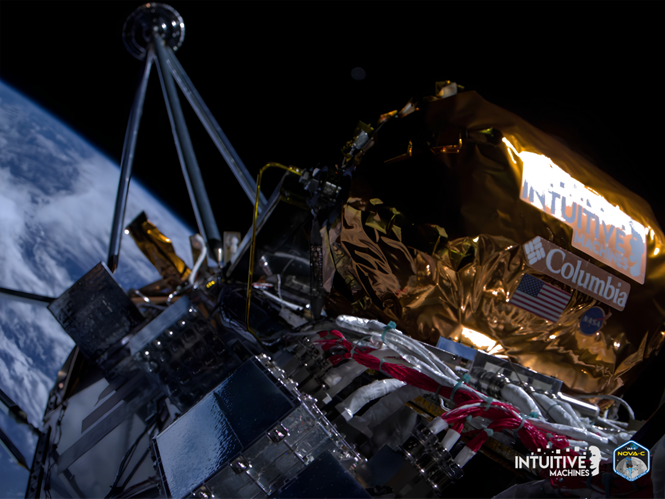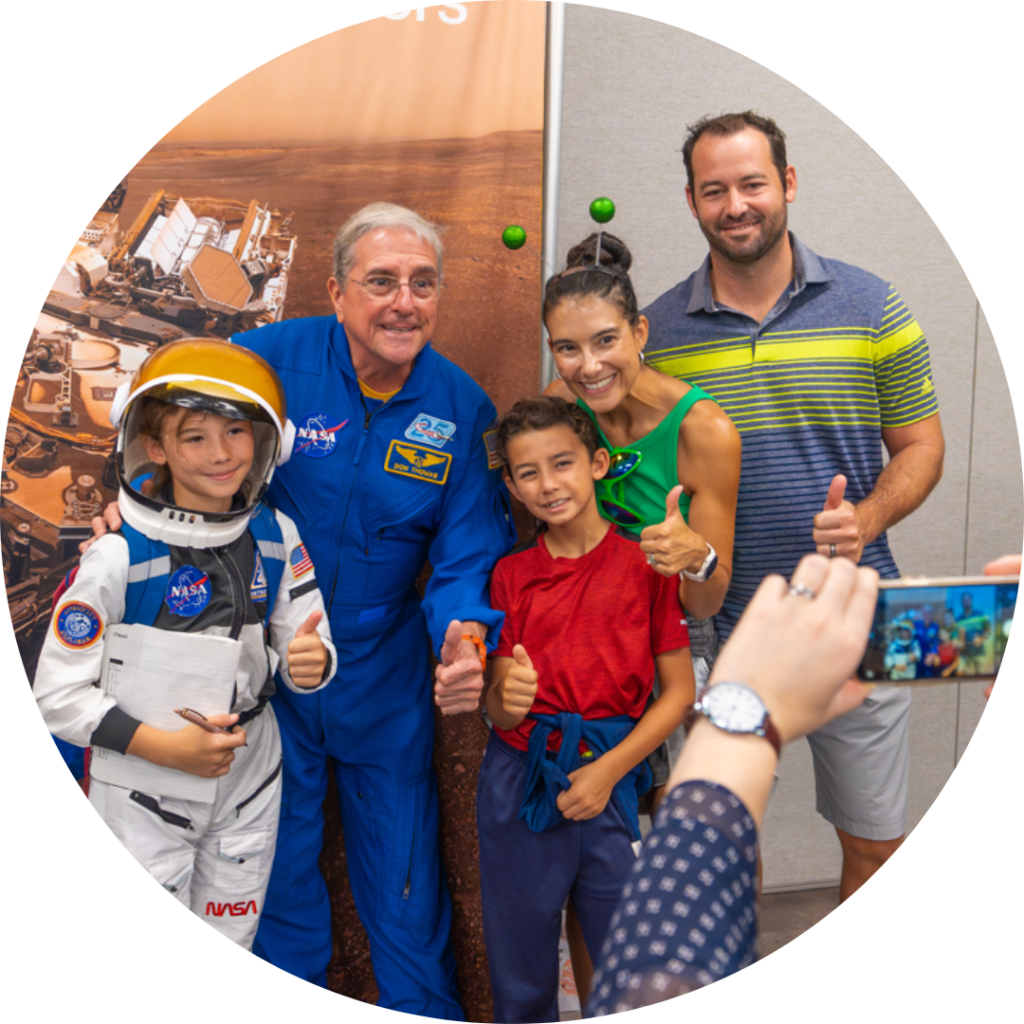Our July Thought Leader Series, presented by The University of Texas Medical Branch (UTMB), features spacesuits. Learn about the suits astronauts wear when they step out into the cosmos for a spacewalk.
How does NASA train astronauts to walk in space? It sends them under the waves of an indoor pool. Floating inside an EVA suit in the Neutral Buoyancy Laboratory, astronauts get a taste of microgravity here on Earth. Our July Thought Leader Series installment, presented by The University of Texas Medical Branch (UTMB), dives into how astronauts train for being in space at the Neutral Buoyancy Laboratory (NBL).
ABOUT THE NBL
The mission of the NBL is to prepare for space missions involving spacewalks. NASA team members use the NBL to develop flight procedures, verify hardware compatibility, train astronauts, and refine spacewalk procedures during flight that are necessary to ensure mission success.
Neutral buoyancy is the equal tendency of an object to sink or float. If an item is made neutrally buoyant through a combination of weights and flotation devices, it will seem to “hover” under water. In such a state, even a heavy object can be easily manipulated, much as it is in the zero gravity of space.
Though suited astronauts are not weightless while training in the pool, neutral buoyancy is the best current method to train astronauts for spacewalks.
The NBL is split into two sections, each of which can be used for astronaut training simultaneously. It is 202 ft in length, 102 ft in width and 40 ft in depth (20 ft above ground level and 20 ft below) and holds 6.2 million gallons of water. Even at this size, the International Space Station, at 350 ft x 240 ft, will not fit inside the NBL.
ABOUT THE PANEL
Panelists include astronaut Bill McArthur, NBL Flight Lead Danny Brandon, and NBL Dive Ops Specialist Kristie Melass.
McArthur is a retired astronaut and U.S. Army colonel. A veteran of four space flights, McArthur logged 224 days, 22 hours, 28 minutes and 10 seconds in space, including 24 hours and 21 minutes of spacewalks. McArthur retired from NASA in June 2017 as the Director of Safety and Mission Assurance for NASA Johnson Space Center.
Brandon is the NBL Flight Lead. He currently manages NBL external customer and facility projects related to development operations and future capabilities. He has been a part of the team at the NBL since 1999 and was part of the dive team until 2009. His primary focus now is to support NBL operations and hardware integration.
Melass is a dive operations specialist at the NBL. She has held many different positions at the pool, including safety diver, dive supervisor, environmental control system operator, and test director. She’s been a recreational diver since 2000, a professional diver since 2011, and joined the NBL dive team in 2017. Her responsibilities include assisting astronauts in their EVA training underwater.







